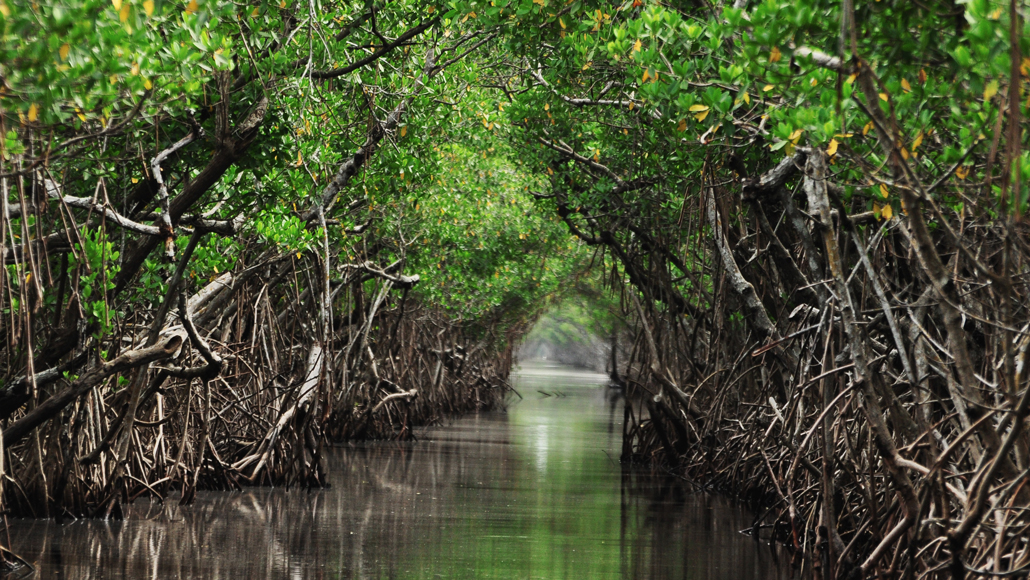International Day for the Conservation of the Mangrove Ecosystem 2023
26-07-2023
1 min read

Overview:
International Day for the Conservation of the Mangrove Ecosystem is celebrated every year on July 26.
About International Day for the Conservation of the Mangrove Ecosystem:
- It is celebrated every year on July 26.
- This International Day was adopted by the General Conference of the UN Educational, Scientific and Cultural Organization (UNESCO) in 2015.
- Purpose: To raise awareness of the importance of mangrove ecosystems as “a unique, special and vulnerable ecosystem” and to promote solutions for their sustainable management, conservation and uses.

What are Mangroves?
- Mangroves are unique coastal ecosystems found in tropical and subtropical regions around the world.
- They are characterized by dense, salt-tolerant trees and plants that thrive in the intertidal zones, where land and sea meet.
- They are typically found in sheltered coastal areas, estuaries, lagoons, and tidal flats, where they play a crucial role in maintaining the balance of the ecosystem.
- Some common species of mangrove trees include the Red Mangrove (Rhizophora spp.), Black Mangrove (Avicennia spp.), White Mangrove (Laguncularia racemosa), and the Buttonwood (Conocarpus erectus).
- Features:
- Respiratory or knee roots:
- They have specialized adaptations to cope with high salt levels in both the soil and water, such as unique root systems called "prop roots" or "pneumatophores" that help with gas exchange in waterlogged soils.
- They project above the mud and have small openings (lenticels) through which air enters, passing through the soft spongy tissue to the roots beneath the mud.
- They can survive extreme weather conditions and require low oxygen levels to survive.
- They cannot survive freezing temperatures and thus are found mainly in tropical and subtropical latitudes.
- Mangrove forests can store ten times more carbon per hectare than terrestrial forests.
- They can store carbon up to 400 per cent faster than land-based tropical rainforests.
- Mangroves improve water quality by filtering pollutants and trapping sediments from the land, and they reduce coastal erosion.
- Respiratory or knee roots:
Mangroves in India:
- India contributes to nearly half of the total mangrove cover in South Asia.
- According to the India State of Forest Report, 2021, the mangrove cover in India is 4,992 square km, which is 0.15 per cent of the country's total geographical area.
- West Bengal has the highest percentage of mangrove cover in India, mainly because it has Sundarbans, the largest mangrove forest in the world. It is followed by Gujarat and Andaman, and Nicobar Islands.
- Other states that have mangrove cover are Maharashtra, Odisha, Andhra Pradesh, Tamil Nadu, Goa and Kerala.
Q1) What is an Estuary?
An estuary is a unique and ecologically important coastal ecosystem where a river meets the sea or ocean. It is a transitional zone where freshwater from the river mixes with the saltwater of the sea, creating a dynamic and productive environment. Estuaries are characterized by their brackish water, which is a mix of freshwater and seawater. The salinity of the water in estuaries can vary depending on factors such as tides, river flow, and rainfall.
